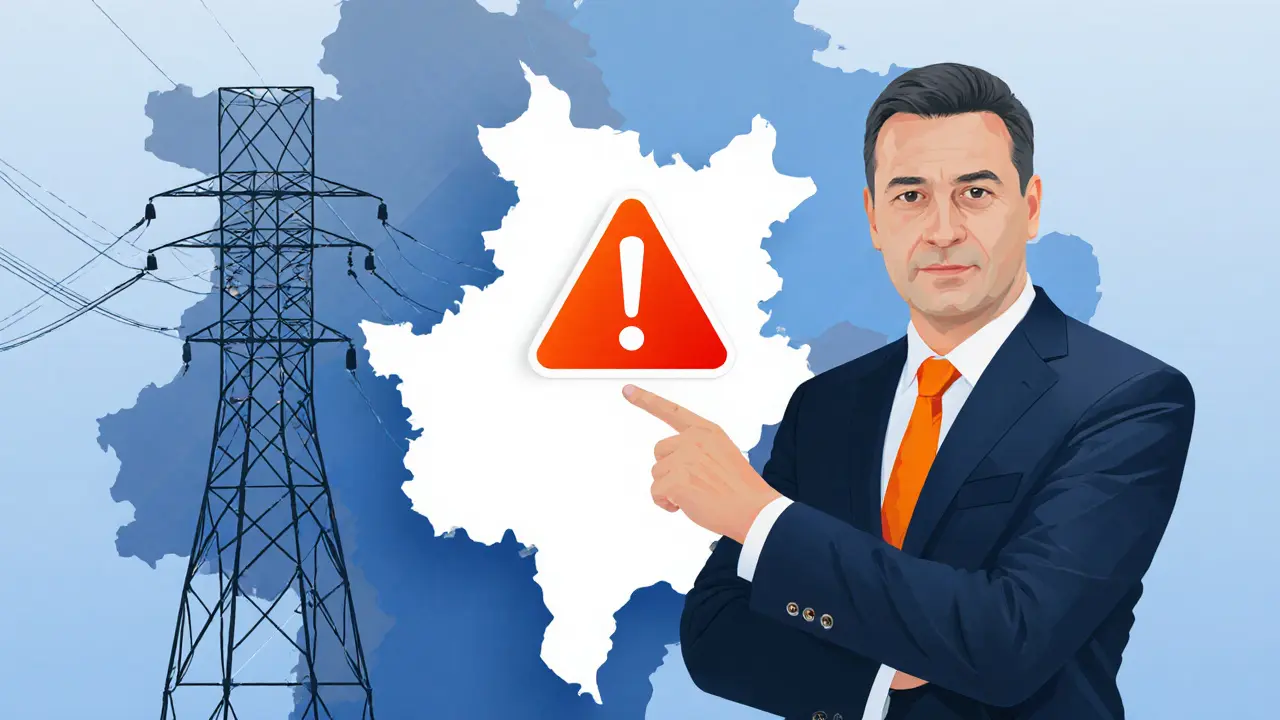Kosovo Crypto Mining Ban: Overview and Impact
When talking about Kosovo crypto mining ban, the 2024 government order that stopped all cryptocurrency mining activities within Kosovo's borders. Also known as the Kosovo mining prohibition, it aims to curb excessive energy use and align the sector with national sustainability goals. The ban shifts the landscape for local miners, investors, and anyone watching how emerging markets handle digital assets.
How the Ban Connects to Broader Crypto Rules
One of the first things to notice is how the ban fits into crypto mining regulation, a set of laws that govern where and how mining can occur, often focusing on energy consumption and environmental impact. In Kosovo, the regulation now requires miners to obtain a special energy concession before operating, a step that mirrors moves in China and Iran. This regulatory push requires miners to assess local power costs, influences equipment choices, and enables authorities to monitor compliance.
Another piece of the puzzle is cryptocurrency mining difficulty, the algorithmic measure that determines how hard it is to find a new block and earn rewards. When a jurisdiction limits mining, the overall network hash rate can dip, causing difficulty to adjust downward. That shift can make mining marginally more profitable for remaining operators but also creates volatility for anyone holding mined coins. Understanding how difficulty reacts to regulatory changes helps investors gauge risk and timing.
Beyond mining specifics, the ban throws light on crypto licensing, the process by which businesses obtain legal permission to offer crypto-related services, from exchanges to wallets. Kosovo's new stance means any mining venture now needs a license that proves it meets energy and anti‑money‑laundering standards. This mirrors the United States' BitLicense or Thailand's exchange permits, showing a trend: regulators want a paper trail for every crypto operation.
Finally, the ban is a case study for crypto regulatory sandbox, a controlled environment where innovators can test blockchain projects under relaxed rules before full compliance is required. While Kosovo hasn't launched a sandbox yet, the mining ban could spark one, letting pilots explore low‑energy mining methods or renewable‑powered data centers without breaching the ban. Such sandboxes help bridge the gap between strict prohibition and outright freedom.
All these pieces—regulation, difficulty, licensing, and sandbox potential—create a web of cause and effect that shapes the crypto scene in Kosovo and beyond. Below, you’ll find a curated set of articles that dig deeper into each angle, from licensing guides to mining difficulty calculations, giving you the tools to navigate this evolving landscape.

Kosovo's 2022 Crypto Mining Ban: What Happened and What It Means
Apr 15, 2025, Posted by Ronan Caverly
Discover why Kosovo banned crypto mining in 2022, how the ban was enforced, its current status in 2025, and the impact on investors, users, and the energy grid.
MORESEARCH HERE
Categories
TAGS
- decentralized exchange
- crypto exchange review
- cryptocurrency
- crypto coin
- CoinMarketCap airdrop
- smart contracts
- tokenomics
- cryptocurrency exchange safety
- crypto exchange
- cryptocurrency airdrop
- crypto airdrop
- cryptocurrency exchange
- crypto airdrop guide
- blockchain token distribution
- DeFi
- crypto exchange scam
- crypto airdrop 2025
- Ethereum
- cross-chain interoperability
- ERC-20
